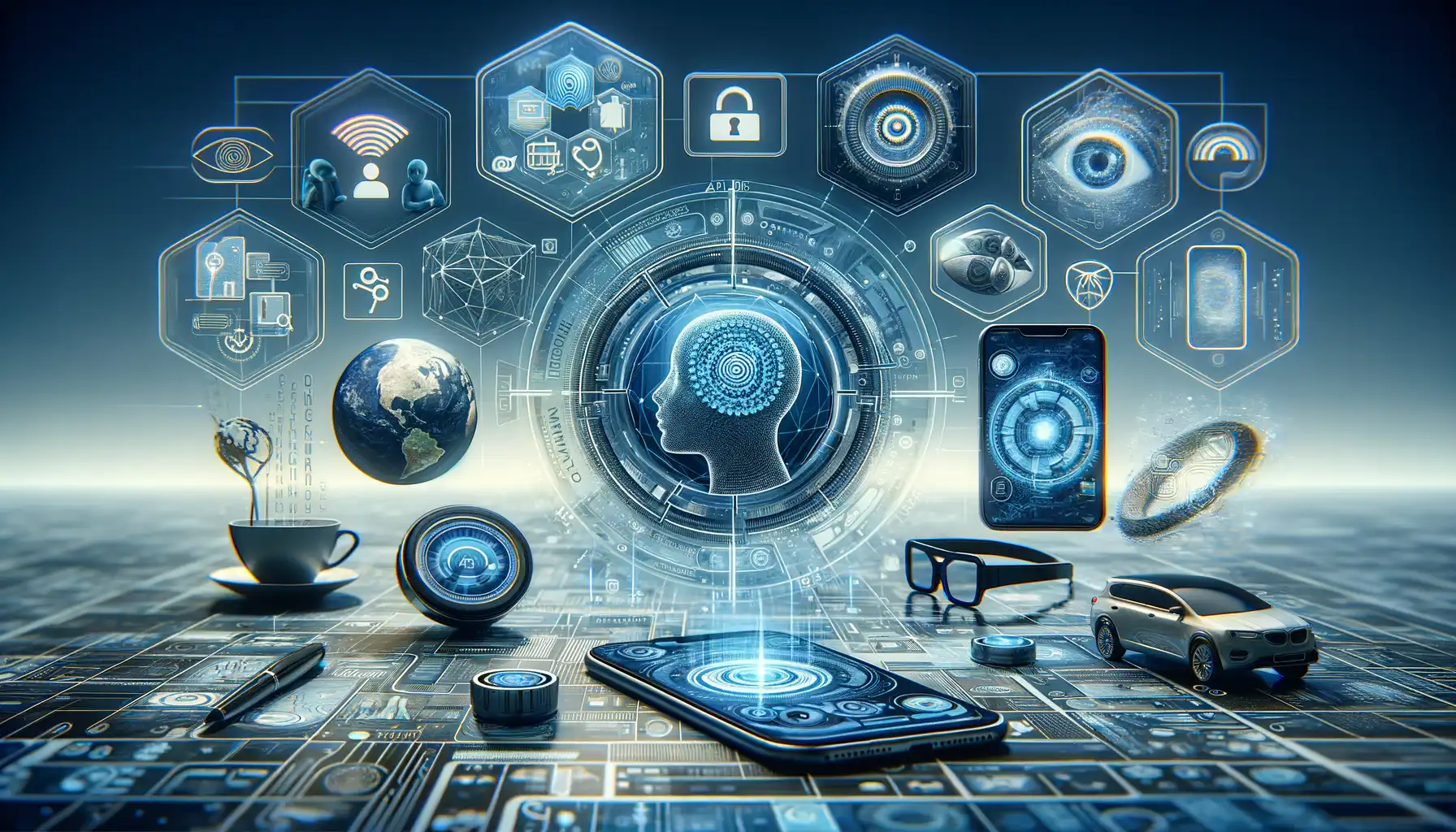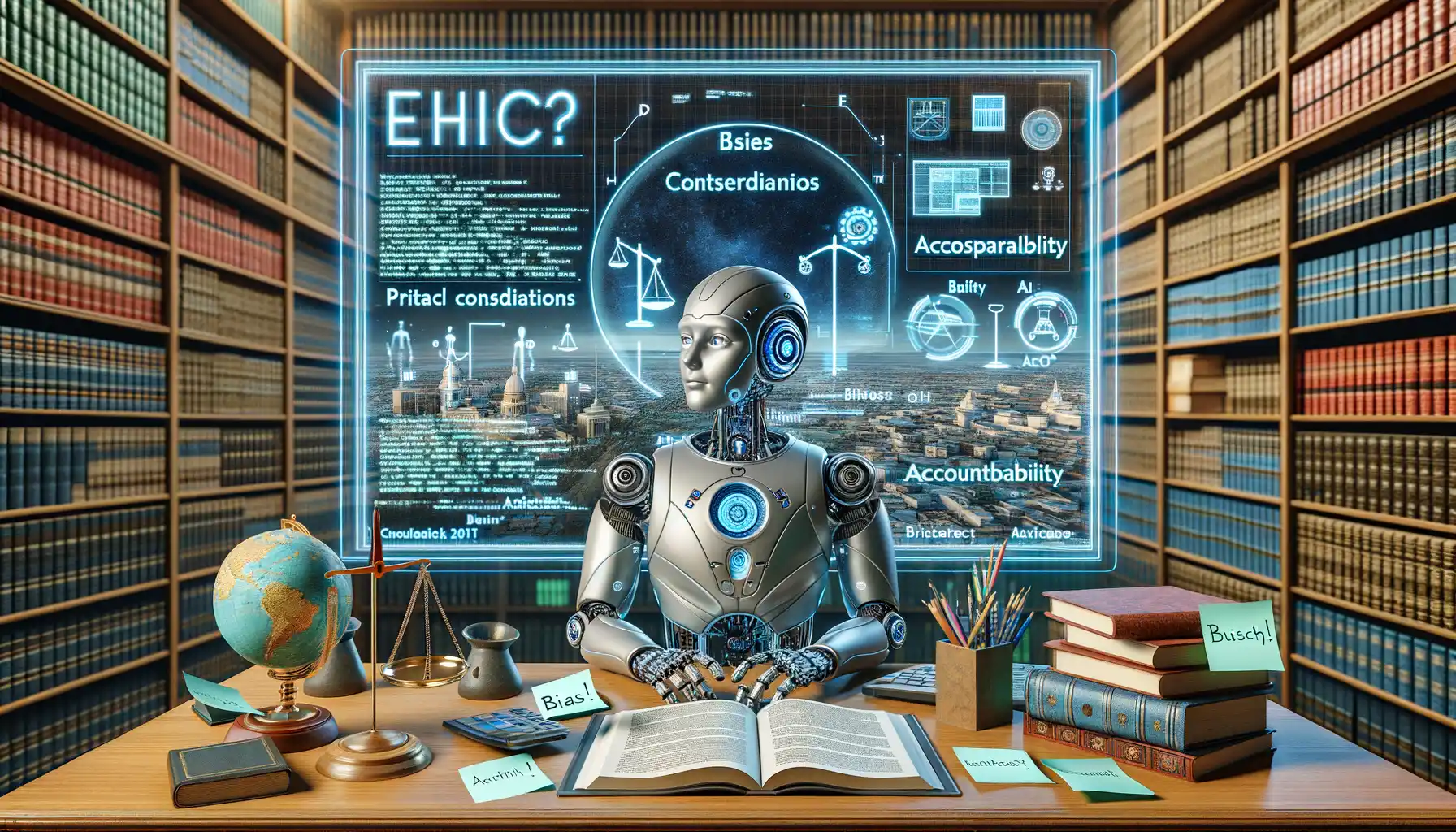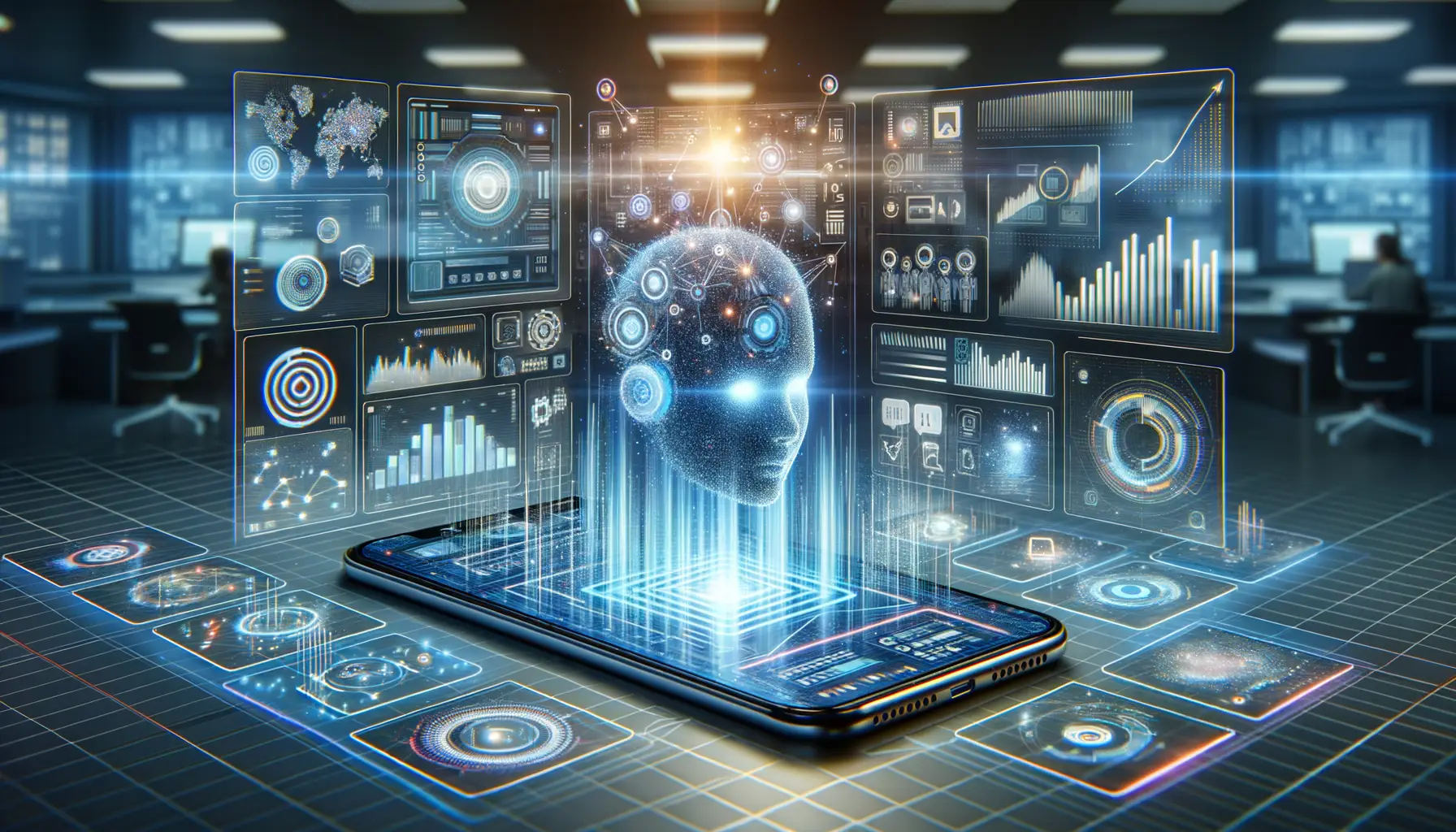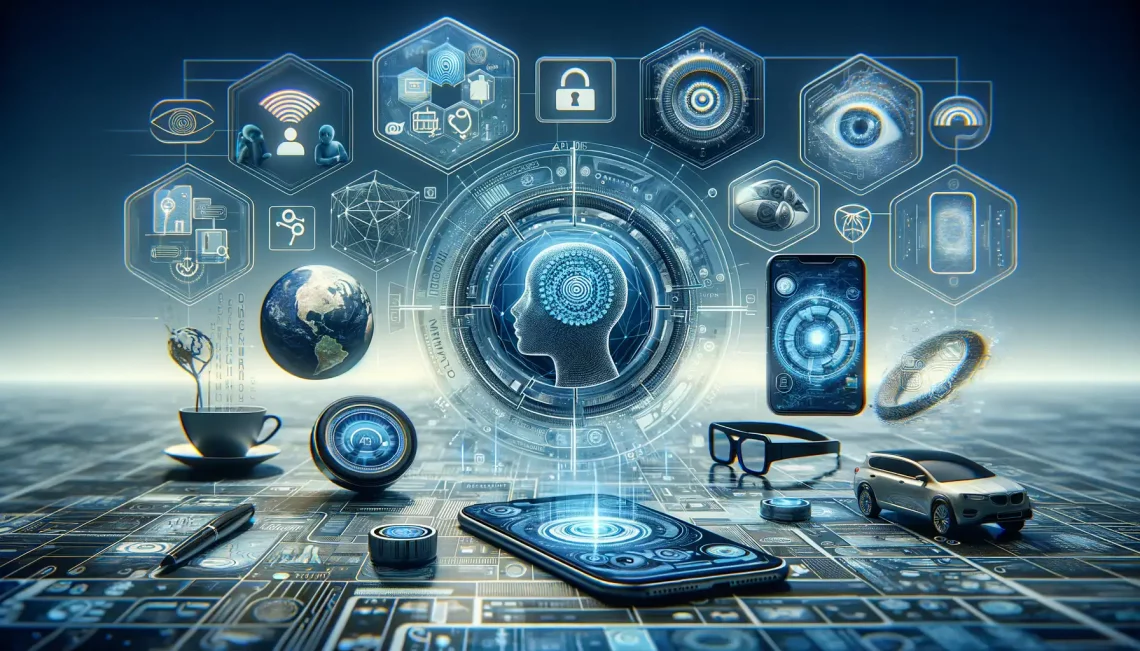Understanding the Role of AI in Mobile UI Design
How AI Shapes the Mobile Experience
Imagine opening your favorite app and feeling like it knows exactly what you need before you do. That’s not magic—it’s the crafty work of AI-driven mobile UI design. AI isn’t just improving interfaces; it’s revolutionizing the way we interact with technology, turning cold screens into seamless, intuitive experiences.
Take personalization, for instance. Have you noticed how your go-to food delivery app remembers your preferences—always suggesting that spicy pad Thai you can’t resist? That’s AI analyzing your behavior and serving up interfaces tailored just for you. It’s like a personal concierge, but one that never forgets your quirks.
Here are just a few ways AI steps in to redefine mobile design:
- Natural language processing: Think chatbots that not only understand your text but also your tone.
- Predictive suggestions: Apps that adapt in real-time, offering quicker routes or better search results as you navigate.
- Visual recognition: Shopping by snapping a photo of something you love? Thank AI-powered vision for that magic.
It’s not just about convenience—it’s about making every tap, swipe, and scroll feel like it was designed solely with you in mind.
Key Trends Shaping AI-Driven Mobile Interfaces

Smarter Than Ever: AI That Thinks Ahead
AI in mobile interfaces isn’t just reacting anymore—it’s anticipating. Imagine opening your favorite shopping app, and boom, your top picks for the winter season are already waiting for you. This is no magic—it’s all about predictive personalization. By analyzing behaviors like scrolling patterns or time spent on specific sections, AI knows exactly what you want before you even realize it.
And then there’s the beauty of AI-powered voice assistants—like a personal concierge in your pocket. They’re no longer stuck on basic commands; today’s mobile UIs leverage natural language processing (NLP) for deeper connections. Ever asked Siri to play music “to match my Friday vibes”? That’s NLP decoding your mood!
- Gesture recognition: Say goodbye to buttons. A swipe, a glance, or even how you hold your phone might control apps in the future.
- Emotion-aware apps: Yes, your camera could soon detect if you’re frustrated and switch to a calming interface automatically.
Adaptive Designs Built Just for You
Here’s where it gets really exciting: AI is shaping adaptive and ever-changing interfaces. Picture a fitness app that evolves based on your progress, swapping out intense workouts for stretches on tougher days. Or a news app that highlights local stories because you’ve lingered on your community tab.
And let’s not forget the rise of multi-modal interactions. This means apps will seamlessly combine gestures, text input, and even augmented reality to adapt to your preferences. It’s not just user-friendly—it’s user-tailored.
Innovative Applications of AI in UI/UX Design

Transforming User Experience with AI Intelligence
Imagine this: you open a mobile app, and it feels like it *knows* you. Not in a creepy way—more like that favorite barista who remembers your coffee order. That’s the magic of AI-driven personalization. Today, AI doesn’t just design interfaces; it crafts experiences uniquely tailored to YOU. It predicts user intent, adapts layouts dynamically, and ensures every tap feels intuitive.
Take AI-powered tools like neural networks: these can analyze thousands of user interactions in seconds to detect patterns designers might miss. They don’t just stop at aesthetics—they optimize functionality. For example, apps are leveraging AI to create *real-time adaptive navigation flows*. If you’re confused while browsing, AI will notice and suggest simpler pathways without you lifting a finger.
AI as Your Co-Designer
Designers no longer have to face the blank canvas alone. With AI as their sidekick, creativity skyrockets. Picture this: a designer sketches a wireframe, and AI turns it into a polished interface in minutes. Tools powered by Generative Design are reshaping workflows, reducing repetitive tasks, and allowing creatives to focus on higher-level strategy.
Here’s where things get thrilling:
- Accessibility enhancements: AI can ensure color contrasts meet standards or even add voice control for inclusivity.
- Smart prototyping: Imagine an app prototype that predicts user behaviors during testing—saving weeks of iteration.
It’s not just about working faster—it’s about designing smarter, building applications *that feel alive*.
Challenges and Ethical Considerations in AI-Powered Design

Navigating the Complexities of AI in Design
AI in mobile UI design is like a double-edged sword—powerful and transformative, yet fraught with challenges. Imagine handing over the paintbrush for your masterpiece to a robot. Sure, it can execute precision, but what about those human nuances? That’s the dilemma designers face today.
One major hurdle lies in biases baked into algorithms. If AI is trained on flawed or unrepresentative datasets, it mirrors those flaws in its outputs. Think of a smart app suggesting skincare products—an algorithm biased toward lighter skin tones could alienate entire groups of users. Can we really call that “smart”?
Another sticky wicket is how much control humans surrender. When AI starts making decisions, who owns those decisions—and their consequences? Designers may streamline workflows with AI, but letting an algorithm dictate all aesthetic choices risks creating lifeless, generic interfaces.
- Data privacy remains an ethical minefield. Behind every recommendation, facial recognition feature, or voice command lies a sea of personal data. Is it truly protected?
- And accessibility—are AI tools unintentionally excluding users with disabilities due to oversight?
Every leap forward requires guardrails. As exciting as this frontier is, thoughtful stewardship can’t take a backseat to innovation.
Future Predictions and Opportunities in AI-Driven Mobile UIs

The Uncharted Horizon: What’s Next for AI-Enhanced Mobile UIs?
Imagine opening a mobile app that feels like it knows you better than your closest friend. With the rapid evolution of AI, this isn’t just science fiction—it’s a very near reality. The future of AI-driven mobile interfaces is brimming with dazzling possibilities. Picture this: an app that adapts its design in real time based on your facial expressions or even your tone of voice. Stressed? It shifts to calming colors and simplified layouts. Excited? It offers bold contrasts and dynamic animations.
Here’s a question: what if your apps could proactively solve problems without waiting for you to even tap or type? That’s where predictive personalization comes in. Think recommendations for your next outfit based not just on weather data, but also on your calendar and recent shopping habits.
- Hyper-Adaptive Interfaces: Apps that evolve daily, mirroring the fluidity of your lifestyle.
- Voice-Driven Interactions 2.0: No longer robotic commands—more like talking to a witty personal assistant.
- Sensory UI: Interfaces that respond to your environment, from lighting to noise levels.
The future will reward those who embrace these emerging opportunities. The question is, are we ready to build apps that truly feel alive?






